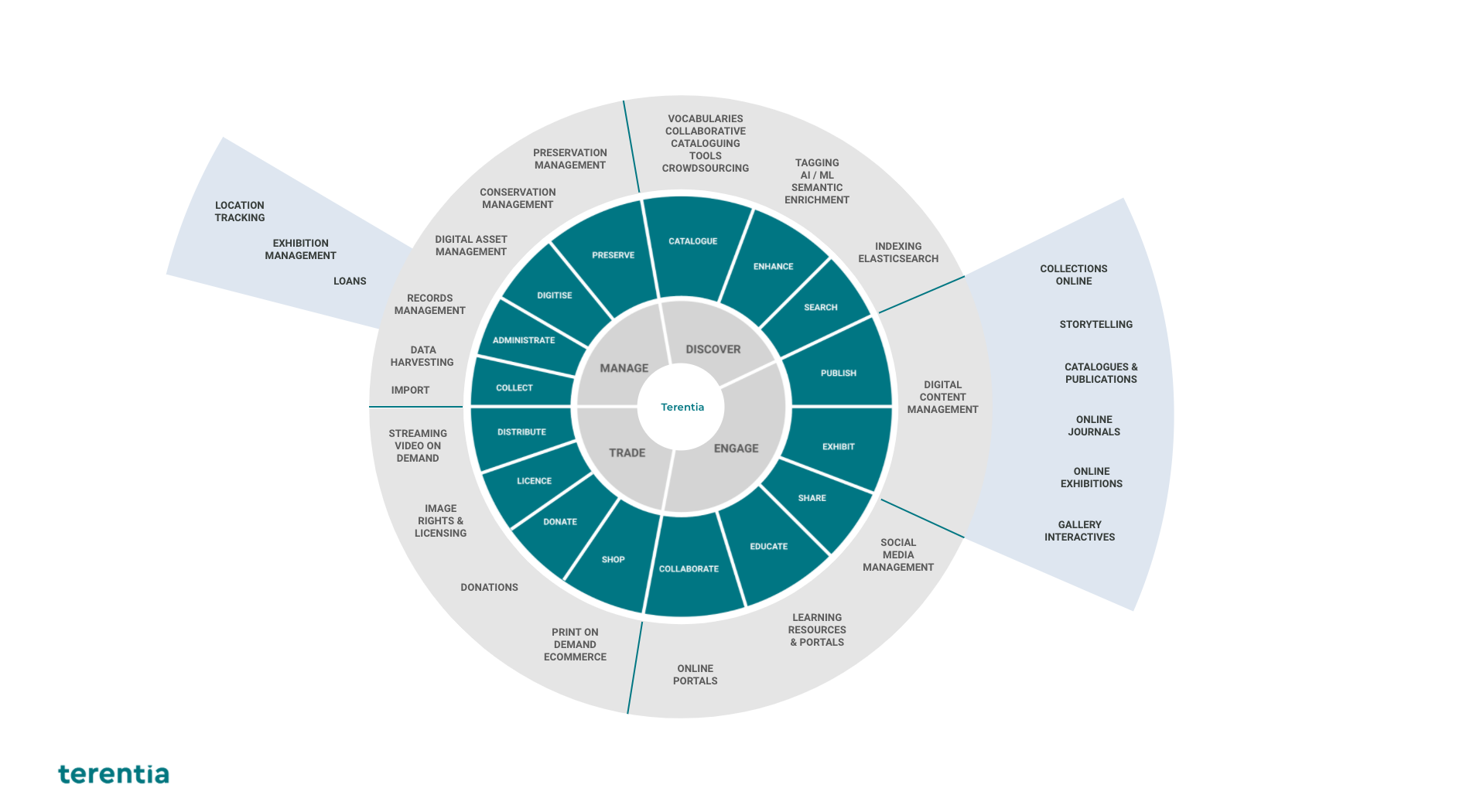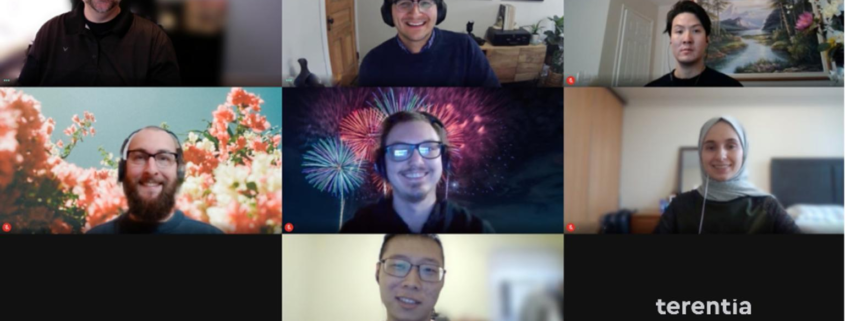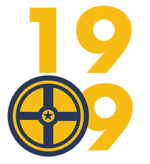Meet Terentia: Helping museums share content through DAMS
1909 is the marketing agency for museums. Members of our team have deep experience and passion for museums and the cultural sector. We know this industry inside and out.
Our Co-Founder Lori likes to say there is life after museums—and sometimes that life includes museums. Not all of our clients are museums, but some of our favorite projects are the ones where we get to help museums think more strategically about their digital infrastructure, both internally and externally. We were excited to learn about Terentia because we’re always on the lookout for other technology companies with similar values. We also love partnering with firms who provide other services that can complement what we do in the museum sector.
Terentia is a new cloud-native, API-centric platform that provides the tools, access, and scalability that an institution deserves to solve modern problems. The Terentia platform is dedicated to empowering cultural institutions to manage data, develop insights and tell compelling stories in the digital age. Through continuous collaboration with cultural organizations, Terentia develops, implements, and supports cloud-native software solutions for digital asset management, collections management, and workflow process for the industry.
What do we love the most about Terentia? As museum teams are thinking about how they’re storing and sharing content with with the world in a post-pandemic era, Terentia is a company that’s squarely audience-focused.
When we looked into Terentia, we found a platform that’s not solely a DAMS or collections management system. it’s is not just one tool, but a toolkit. Terentia has fully integrated applications and services to help the cultural sector manage collections and digital assets, ultimately enabling discovery, public engagement, and revenue generation.
We’re grateful to have the opportunity to introduce Terentia CEO, Neal Bilow, and Chief Product Officer, Adrian Cooper, to our clients:
Put the best digital foot forward
Before becoming Terentia’s CEO, Neal saw firsthand how shifts in digital infrastructure were affecting content storage, delivery, and aggregation over twenty years in the media industry. He founded Terentia with the belief that if the media industry could figure out an effective content pipeline for television, the cultural industry could also do the same. While Neal was consulting for museums, he realized that a key pain point in the content pipeline for museums was that different departments used different systems to organize content, and those systems were rarely integrated. Terentia’s mission is to empower museums to be more effective storytellers by bringing together the many systems for organizing assets, allowing museum professionals to more easily discover and share content.

Terentia’s vision images showcasing their manage, discover, engage, trade mindset
Some vendors we encounter want to build for instead of with the museum community. Terentia understands that collaboration is the way to develop more effective tools—and connecting with cultural institutions is key to Terentia’s growth and success. Terentia partnered with Henry Stewart Events to conduct four listening studies and also surveyed museum professionals. Chief Product Officer Adrian Cooper has shared their model at sector conferences, like the recent talk at the Henry Stewart DAMS Conference. They also announced a strategic partnership with the Computer History Museum.
Neal believes the only way to introduce dynamic new ways of thinking and technology is to work collaboratively around use cases. This philosophy shows in Terentia’s products. We were immediately drawn to Terentia’s community-first approach to testing and innovating new technology and services. As another example of that collaborative, community-first approach, on April 15, Neal is leading a webinar discussion on demystifying the Cloud and what this means for your DAM for Henry Stewart Events. The session will showcase real examples from the cultural institutions joining the discussion.
Aligning in values and brand
As a company whose name is also infused with historic learnings, 1909 loved learning the ancient Roman origins behind the name “Terentia.” Historically, Terentia was the partner of the philosopher and orator Cicero, a contemporary of Augustus and Mark Antony. Terentia was a self-funded woman who served as a patron of the arts. The team invoke their namesake when they apply their technology-rich background from other sectors to the arts.
At 1909 DIGITAL, we’re constantly thinking about how technology can improve audience experience. Most museum visitors unaware of the role that a DAM plays in their experience, but Terentia is looking beyond the traditional role of a DAM for audiences by considering the role of social media and other forms of engagement. Their mission is to empower cultural institutions to manage, discover, share, engage, and trade in the digital age.
For Terentia, 2021 is going to be a year of growth and delivery. In order to make it through the pandemic, many institutions started thinking about what it meant to be digital-first. Now that organizations have begun to embrace a new digital mindset, Terentia is the tool to help them take the next steps.
The staff at Terentia is most excited about the positive response to their product as they begin rolling out partnerships with more major institutions. The company hopes to scale this year and is looking forward to learning as users grow in their experience with the platform. They believe their technology will give organizations the ability to experiment on the platform, and this experimentation will fuel innovation.
The future of Terentia, with 1909 DIGITAL
We’ve created digital engagement and social media strategies for cultural institutions and other nonprofit clients. As organizations thought through digital transformation last year, they hired us to provide content strategy, workflow recommendations, and process implementation for their teams. We saw firsthand how the lack of effective tools can hold institutions back.
In his recent talk at the Henry Stewart DAMS conference, Adrian cited a recent Knight Foundation report:
“Organizations need to develop muscle and mindset for digital transformation.”
Adrian followed up with Terentia’s philosophy:
“Successful innovation requires a mature mindset to understand where you want to go.”
We love the metaphor of muscle and mindset. Institutions—or their digital consulting partners—provide mindset, but we need data management services and tools as the muscle to make executing strategies possible. Terentia is a muscle built from strong and thoughtful strategy, helping institutions engage visitors in their content. We recommend Terentia as the muscle that will help our clients power through their pain points.
The world of digitally-focused cultural institutions is vast, and we can’t wait to see what Terentia does next!





